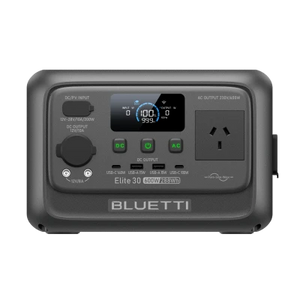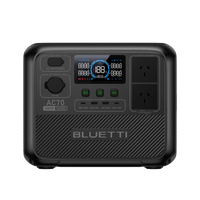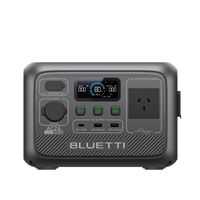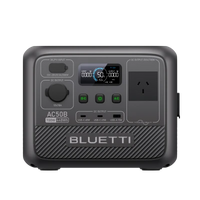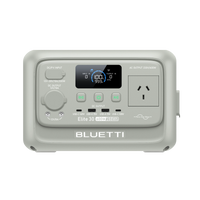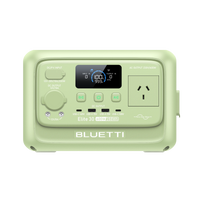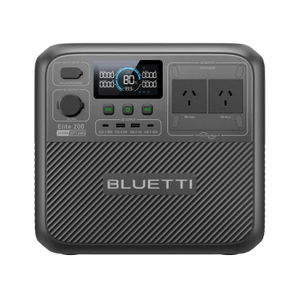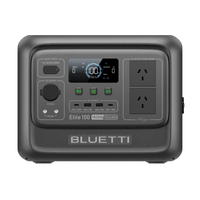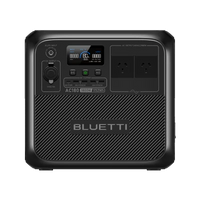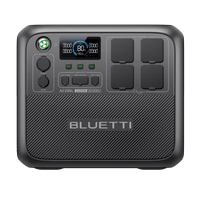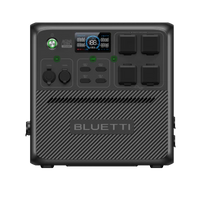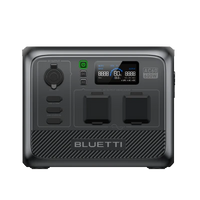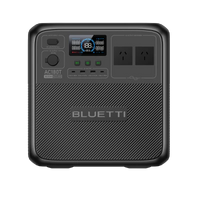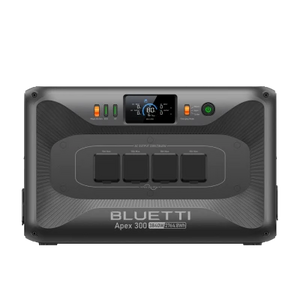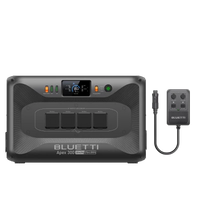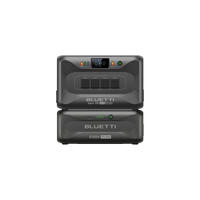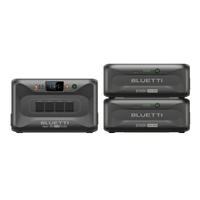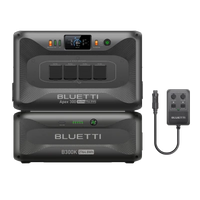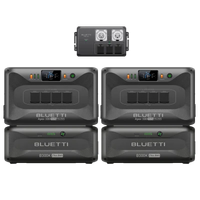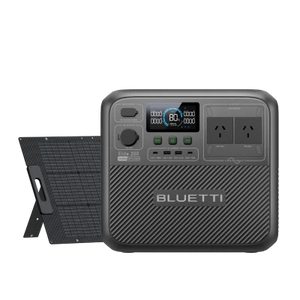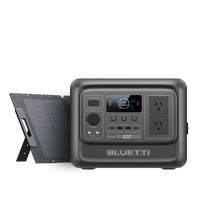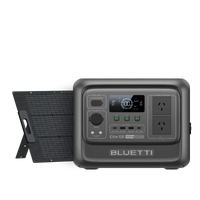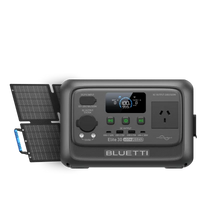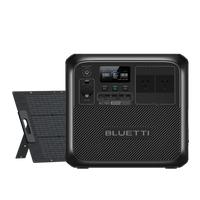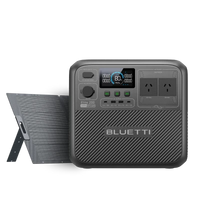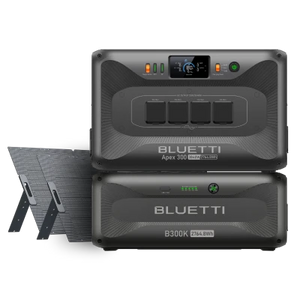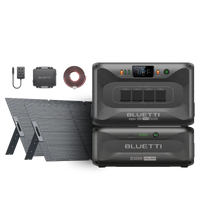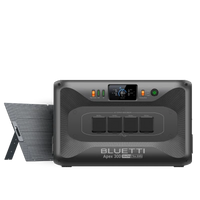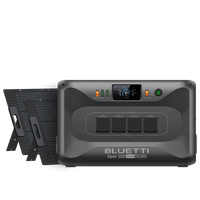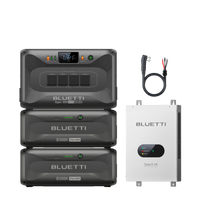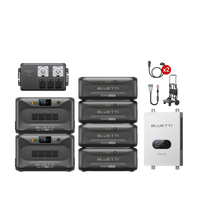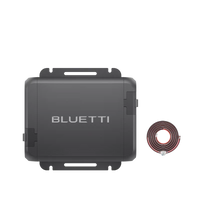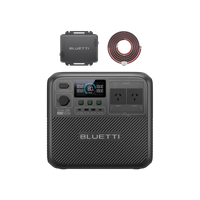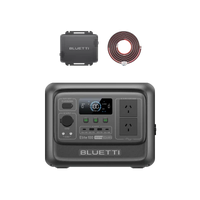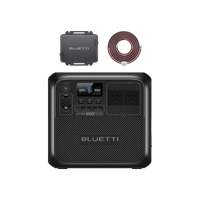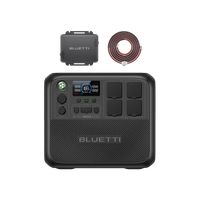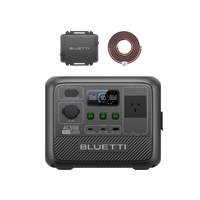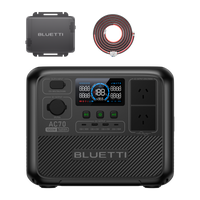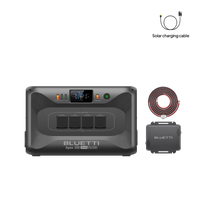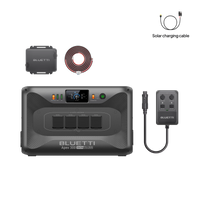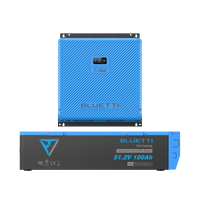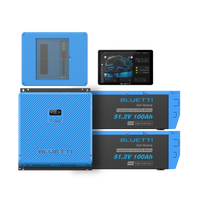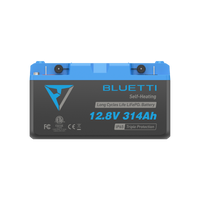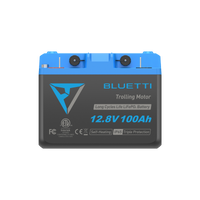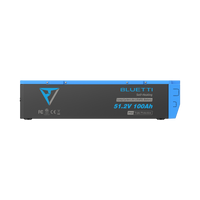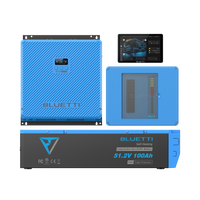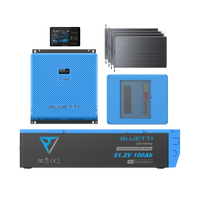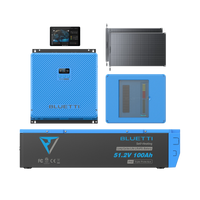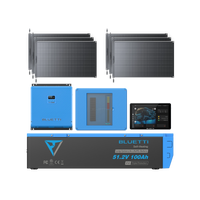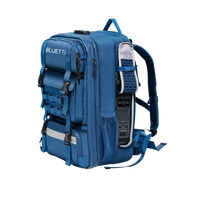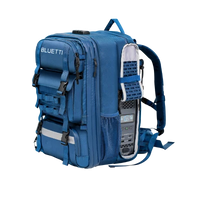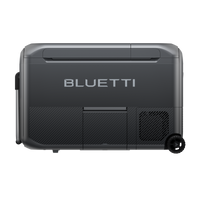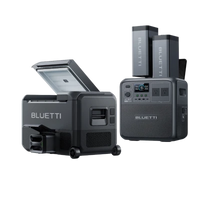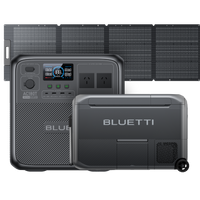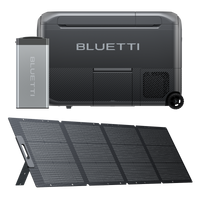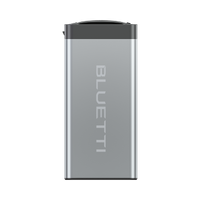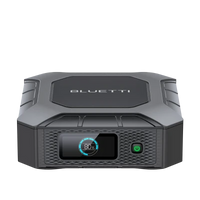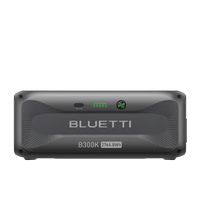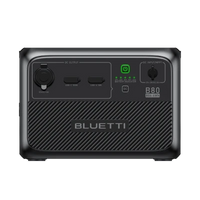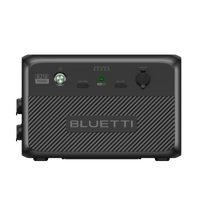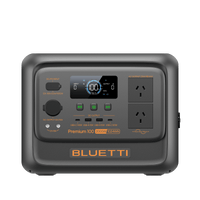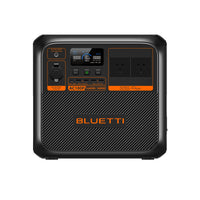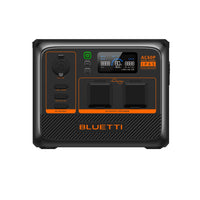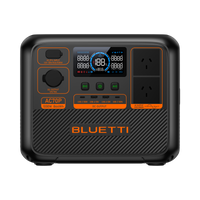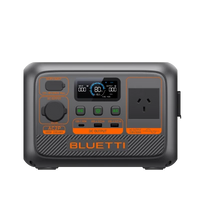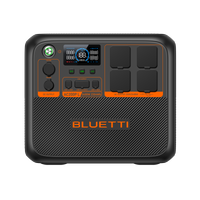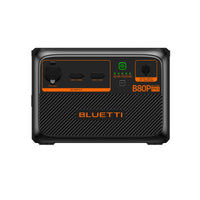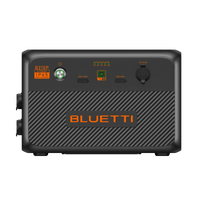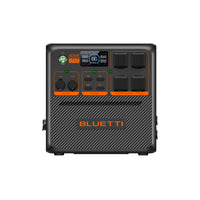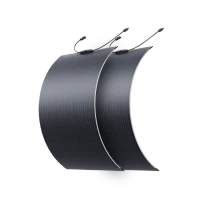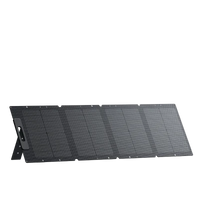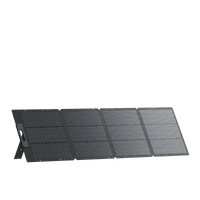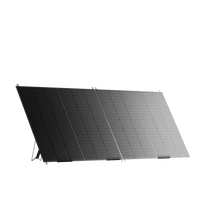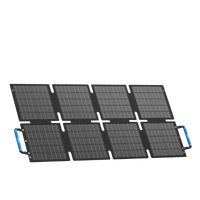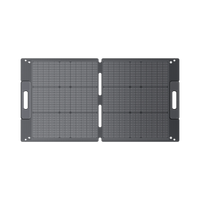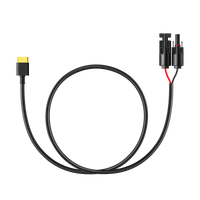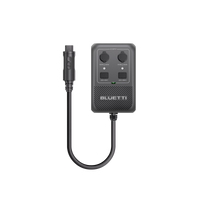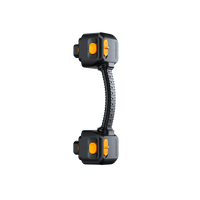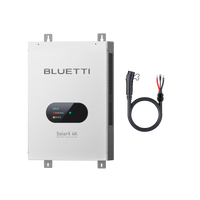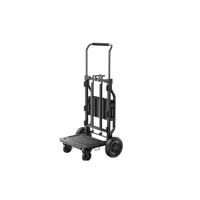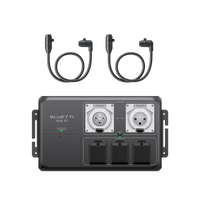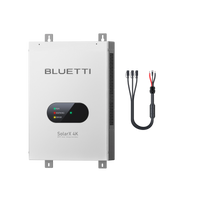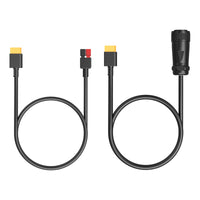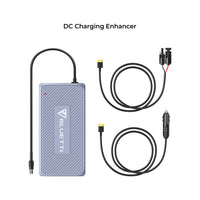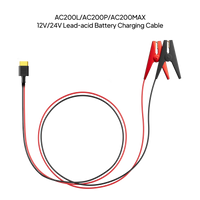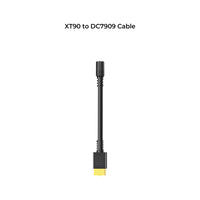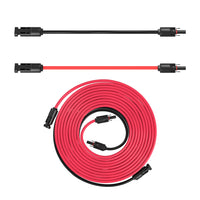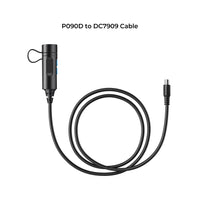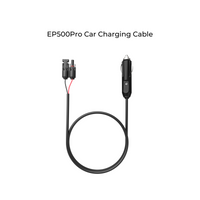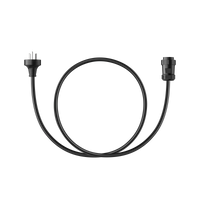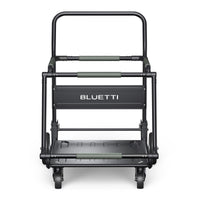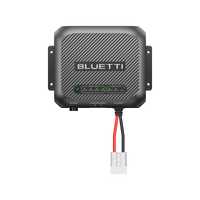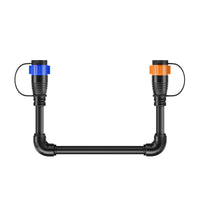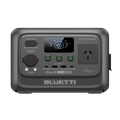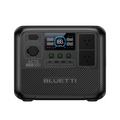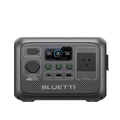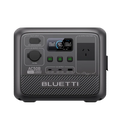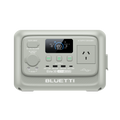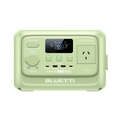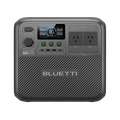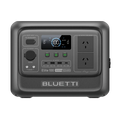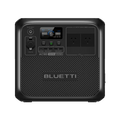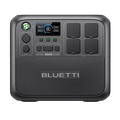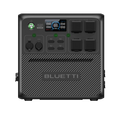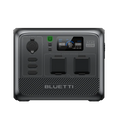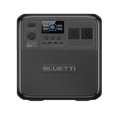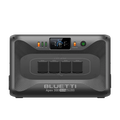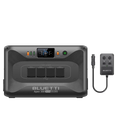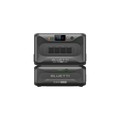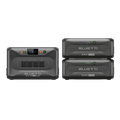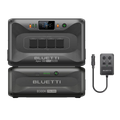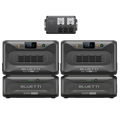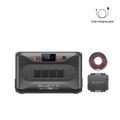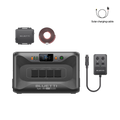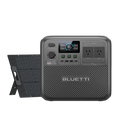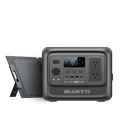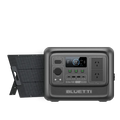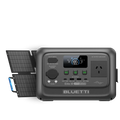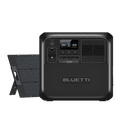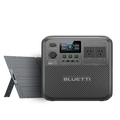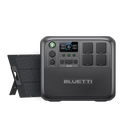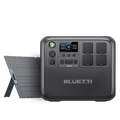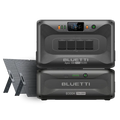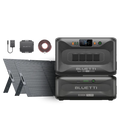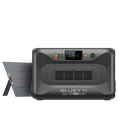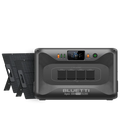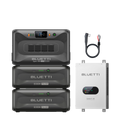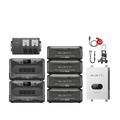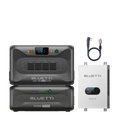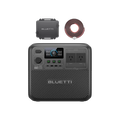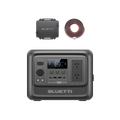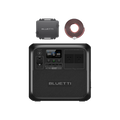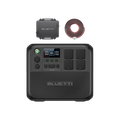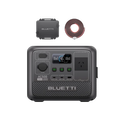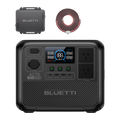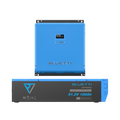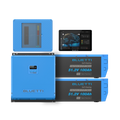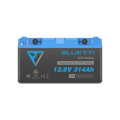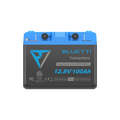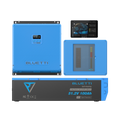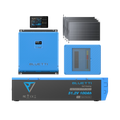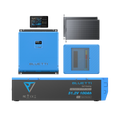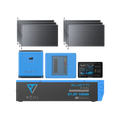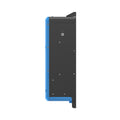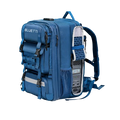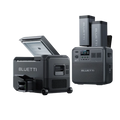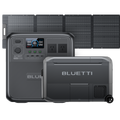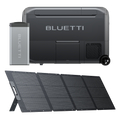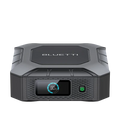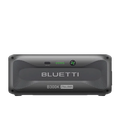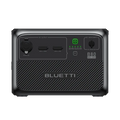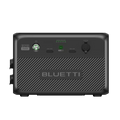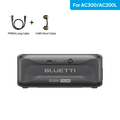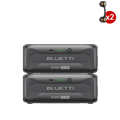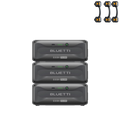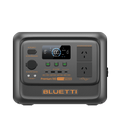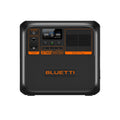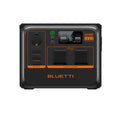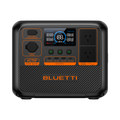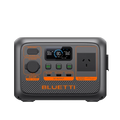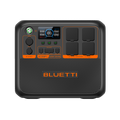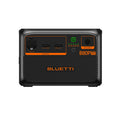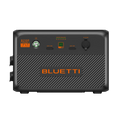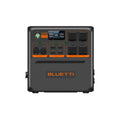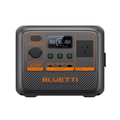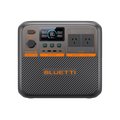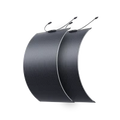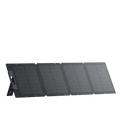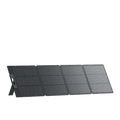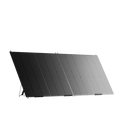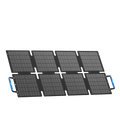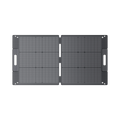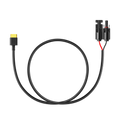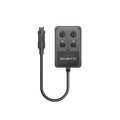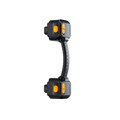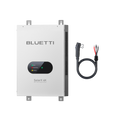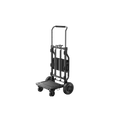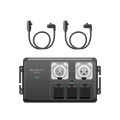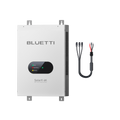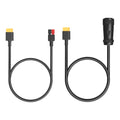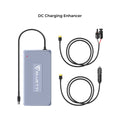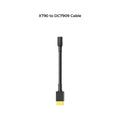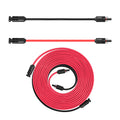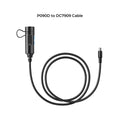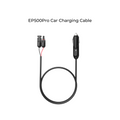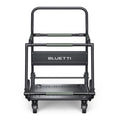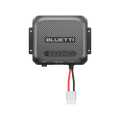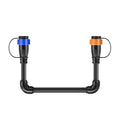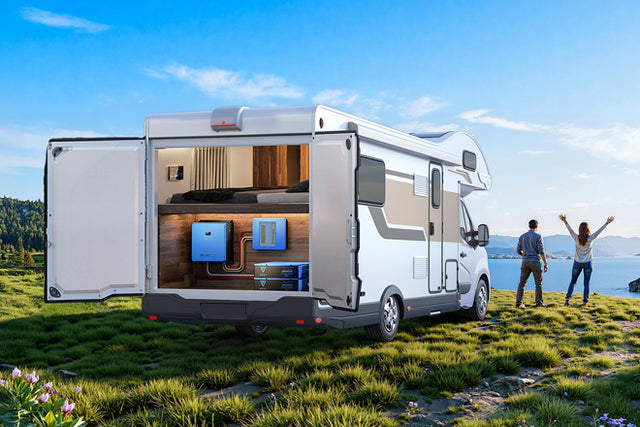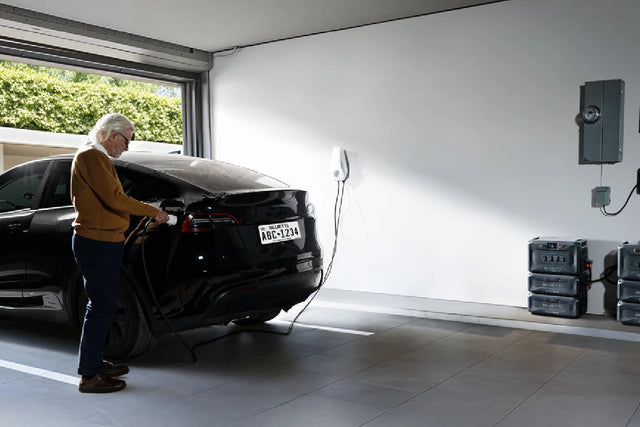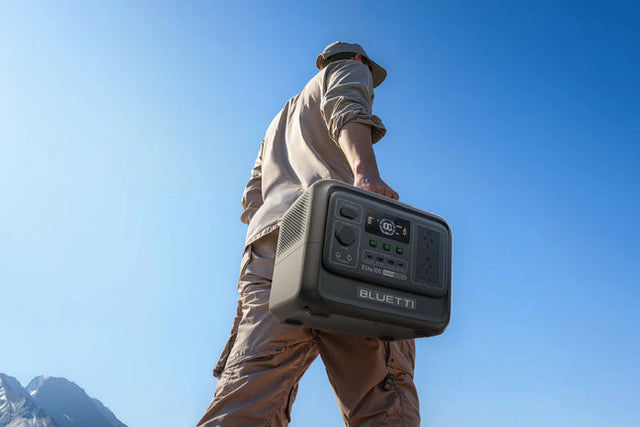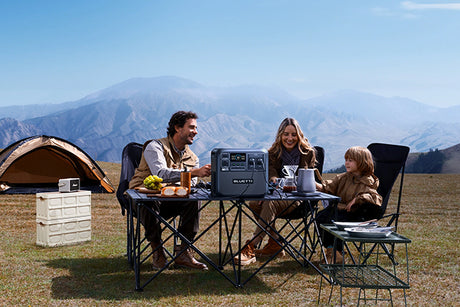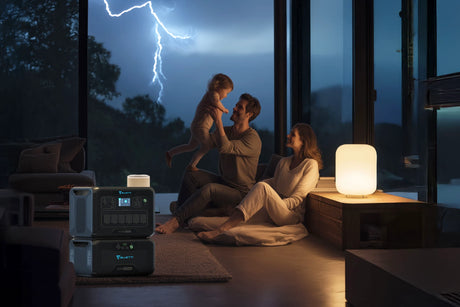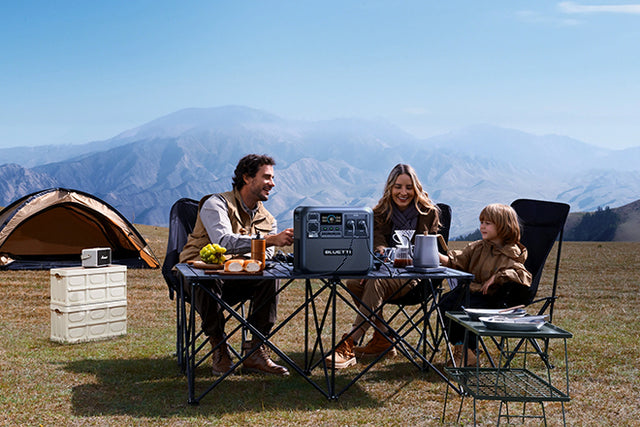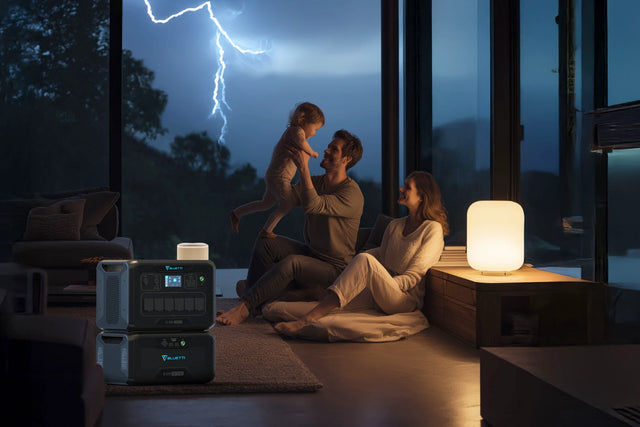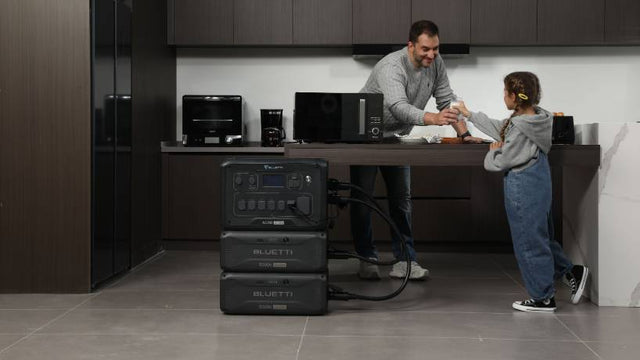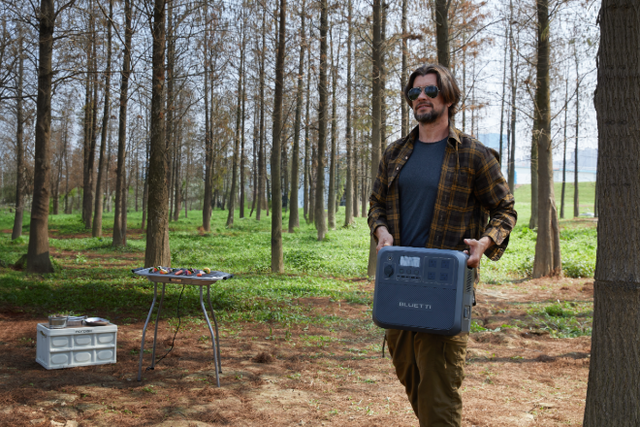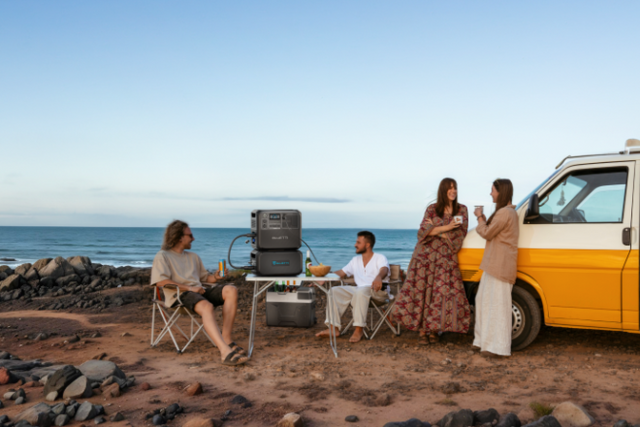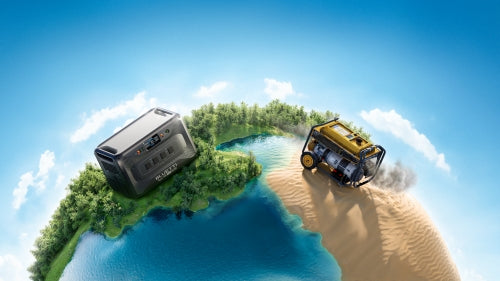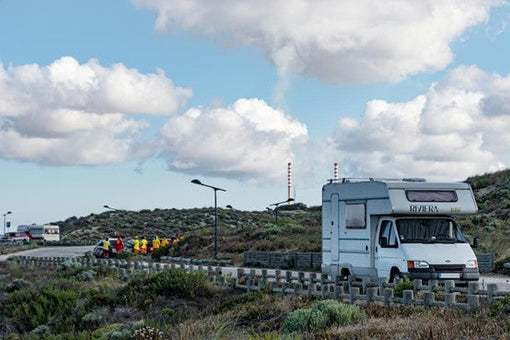It's uncertain times in Australia, with increasingly ferocious storms and devastating bushfires linked to the climate emergency triggering lengthy blackouts and causing havoc with people's lives. Homes and businesses are left without electricity, unable to operate until the storms have passed or the fires burn out or are extinguished, and life comes to a halt.
And the costs of this ongoing downtime are rising. Companies are losing productivity, and money, threatening their existence, food is going off as fridges stop working -- leaving cash-strapped families with even less money amid the cost-of-living crisis -- and vital medical equipment fails.
It's because of this unenviable and all-too-real scenario that more Australians than ever are taking matters into their own hands. They are reducing their reliance on the grid, or at least having a backup when it goes down, by having their own uninterrupted power supply. Now, they have energy independence when they need it most. Let's take a closer look at what it all means.
What Is an Uninterrupted Power Supply -- and How Does It Work?

An uninterrupted power supply is a device that's usually plugged into a wall power socket and everyday appliances like fridges, computers and WiFi routers are plugged into it. If there are problems with the electricity supply, or if it dies, the uninterrupted power supply device kicks into life and instantly provides the electricity that everything connected to it needs to keep running.
So the uninterrupted power supply is like a middleman, or bridge, between the mains power and your home, business or other appliances. It allows power from the grid to flow through to them while at the same time keeping its battery charged for use if there's an outage.
The uninterrupted power supply constantly monitors the mains voltage and if there's a brownout, or severe voltage drop, or a spike or surge as well as an outage, it detects it and switches to battery use. This usually happens in the blink of an eye -- several milliseconds -- so you never have any appliance or device downtime.
Having an uninterrupted power supply means your devices don't suddenly shut down, and this helps to protect equipment and data and ensures safety.
It's different to a generator or power bank in that an uninterrupted power supply does not need time to start up, as there's automatic switchover; there is no manual intervention to get things going; and it operates silently and without the need for fuel.
If you're shopping for your own uninterrupted power supply, you may come across three types:
-
Offline (standby): The most basic kind, it switches over to battery when required.
-
Line-interactive: Comes with voltage regulation to deal with minor fluctuations.
-
Online (double conversion) – This type is generally used in critical situations as it provides constant power from the battery and there are no switchover delays.
Why More Australians Are Choosing Uninterrupted Power Supply Systems
With the frequency of natural disasters caused by storms that lead to prolonged power outages increasing, many Australians are taking matters into their own hands and preparing in advance. In a way, uninterrupted power supplies can be seen as a kind of utility in themselves, a necessity like insurance that you can tap into when needed.
And they don't have to break the bank. Popular uninterrupted power supply models like the BLUETTI Apex300 are more affordable than ever. With expandable capacity from 2.7kWh to 58kWh, it's suitable for everything from basic backup to full-home coverage. The system delivers output power from 3.84kW up to 11.52kW—enough to run fridges, air cons, washing machines, even power tools or EV chargers when needed.

It also features 20ms UPS switchover, supports solar input up to 19.2kW, and offers 7 ways to recharge. The built-in LiFePO₄ battery is designed to last up to 17 years, and with app control and a simple interface, anyone can use it—no fuel, no noise, no installation hassle.
An uninterrupted power supply is also fast becoming the choice of many Aussies due to the problems with using a fuel-based generator. They include environmental issues due to toxic emissions, loud noise when operating, bans over fire concerns and difficulty of use.
If you live in an apartment, for example, and the mains power goes out, you wouldn't be able to use a traditional generator, due to the toxic fumes and noise given off. But you could use an uninterrupted power supply with none of those problems. That makes them an ideal choice for those who are digital workers and also renters.
What to Look for in an Uninterrupted Power Supply System
If you're looking at various uninterrupted power supply devices, there are several things you need to keep in mind so that they're safe and reliable and also suitable for what your particular needs are. So consider:
Battery Capacity (measured in Wh or kWh)
You need enough battery power to run what you need in your home or business, and certainly not less. Add up the various power requirements of the appliances and devices -- you'll find them either on the products or in their user manuals -- and that will give you a clear picture.
An example might be a 110 W appliance like a small fridge. If you have a 1,000 Wh uninterrupted power supply, it will give you about 10 hours' operation. The more capacity the battery has, the longer the runtime, although that's offset by higher cost and more weight.
Power Output (measured in W)
Check that the uninterrupted power supply units you're considering buying are able to handle the most power-hungry devices you want to run in the event of a power outage. Look at continuous output (for stable use) and peak output (for start-up surges from appliances like fridges and pumps).
Switchover Time
When power fluctuations or outages strike, you need backup electricity without delay. So the faster an uninterrupted power supply device switches from mains to battery, the better. Opt for models that provide a near-instant or uninterrupted response.
Number and Type of Outlets
Make sure the uninterrupted power supply device has AC outlets as well as USB-A/USB-C and 12V DC, so you can use anything from fridges to laptops, routers and more.
Portability and Modularity
If you're renting or planning to head off camping, check that the uninterrupted power supply unit is portable enough that you won't struggle when moving it about. And that you can add batteries if needed, giving you more power to run additional appliances and devices. Models such as the BLUETTI Apex300 let you expand capacity with extra batteries.
Recharge Options
For usage over an extended period, during a long blackout or for evenings out camping, consider buying an uninterrupted power supply that you can recharge via solar panels or a vehicle.
Australian Safety Compliance
To ensure you have a quality and safe product, check that the uninterrupted power supply unit carries the Regulatory Compliance Mark (RCM) and the battery has standards such AS/IEC 62619. It might also be approved by the Clean Energy Council.
Scenarios for an Uninterrupted Power Supply
As almost everything we do at home and work relies on a constant supply of electricity, having an uninterrupted power supply can make a real difference in our lives when things go wrong.
Here are some real-world uses for your own power back-up plan:
-
Working from home
Many people are still working remotely, after covid, and also on a hybrid basis. Losing power when working from home is not an option as you'd be unable to take part in essential online meetings, you might lose work and you wouldn't be able to access cloud apps and systems to get your work done.

If there is a power outage while you're working remotely, having an uninterrupted power supply that kicks in straight away and keeps you going means no interruptions, and you won't get in trouble with your bosses.
-
Fridge and freezer protection
Food is expensive, and if it goes off in your fridge or freezer during a long outage that could run into a week more, you're going to be way out of pocket having to replace it all. Not so with an uninterrupted power supply, and it's especially important during long and hot summer days and in rural areas where shops are not nearby.
-
Medical devices
Many Australians rely on a range of medical devices in the home to keep them comfortable. They include CPAP machines, home oxygen systems and nebulisers, all of which require electricity to work. Having an uninterrupted power supply to keep them running during power fluctuations or blackouts is vital.
-
Emergency preparedness
When storms or bushfires strike around Australia, you may need to use radios, torches, fans and other equipment and devices, and to charge your phone.
-
Off-grid leisure
Those with remote cabins that can't connect to the grid because of their locations, as well as tiny home owners and caravanners all benefit from uninterrupted power supply devices.
Getting the Most from Your Uninterrupted Power Supply
If you've never used an uninterrupted power supply before and have just bought one or are considering a purchase, there are several things you should know so that it operates efficiently and will last -- and also that it's primed for use when you most need it.
Pre-charge before forecast events
If there's a storm on the horizon or your area of Australia is coming into fire season -- or if there's a planned grid outage -- make sure you fully charge your uninterrupted power supply ahead of time. Systems that use lithium batteries, like the BLUETTI Apex300, hold their charge for long periods and are ideal in these scenarios.
Optimise the load
When an outage strikes, it's best not to overload an uninterrupted power supply, or you risk quickly depleting its battery. So only run essential appliances and devices, like lights, fridges, Wi-Fi routers and phone and laptop chargers. Avoid air conditioning units and other high-draw appliances that will use too much power from the battery.
Understand pass-through charging
Most uninterrupted power supply units use pass-through charging, which runs your devices while at the same time charging the internal battery. The unit is primed to deliver power when there's a problem with the grid, giving you uninterrupted flow to keep what you need running.
Positioning matters
For optimal performance, make sure your uninterrupted power supply unit is in a dry area of your home or business, and that it's properly ventilated and not near any flammable materials. Keeping it off the floor, on a low table or raised platform, will help to ensure there is no flood damage, if that becomes an issue.
As energy independence becomes ever more important, and the threat of catastrophic weather events more frequent, having a backup power plan is no longer a luxury but an essential item for the home and business. So wherever you are, having an uninterrupted power supply nearby will give you the peace of mind that when disaster strikes, you're covered and can keep doing what you want until the storms or fires have passed and normal life resumes.
FAQs
What Is the Standard for UPS in Australia?
The new standard for a UPS, or uninterrupted power supply, in Australia, is AS 62040.1 2019. It also applies to inverters that have UPS capabilities.
Does UPS Consume Power When Not in Use?
You can expect your uninterrupted power supply to use a small amount of power when it's not being used and supplying power. It's necessary for its monitoring and maintenance functions.
How Long Can UPS Last Without Power?
UPS systems that have high-capacity batteries, like the BLUETTI Apex300, will let you operate essential appliances and devices, such as a fridge, lights and laptop, for several hours. If you have solar panels connected to the unit, you'll be able to get power for much longer.
What Is the Maximum Power Output of an Uninterruptible Power Supply?
Uninterrupted power supply units are rated in watts (W) or volt-amperes (VA), and these tell you how much power they provide. Smaller units are around 300–1000 VA, which is enough for items like a computer and router. Bigger units will give you up to 1,000 watts or more, letting you run anything from fridges to lights and other essential household appliances and devices.
